Optimal Timing for Ditch Culvert Installations
Determining the optimal time for ditch culvert installations depends on various environmental and logistical factors. Proper timing ensures efficient work, minimizes disruptions, and promotes long-term durability of the installation.
Spring offers moderate weather conditions and rising water levels, facilitating easier excavation and installation processes.
Summer provides longer daylight hours and dry conditions, which can speed up construction but may require planning around heat and drought conditions.
Fall allows for installation before winter, reducing weather-related delays and ensuring the culvert is in place for winter runoff.
Winter installation is generally avoided due to frozen ground, snow, and limited working hours, which can impede equipment operation and safety.

Ways to make Ditch Culvert Installations work in tight or awkward layouts.

Popular materials for Ditch Culvert Installations and why they hold up over time.

Simple add-ons that improve Ditch Culvert Installations without blowing the budget.
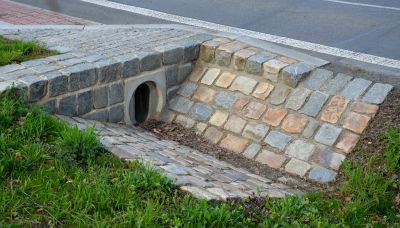
High-end options that actually feel worth it for Ditch Culvert Installations.

Finishes and colors that play nicely with Ditch Culvert Installations.
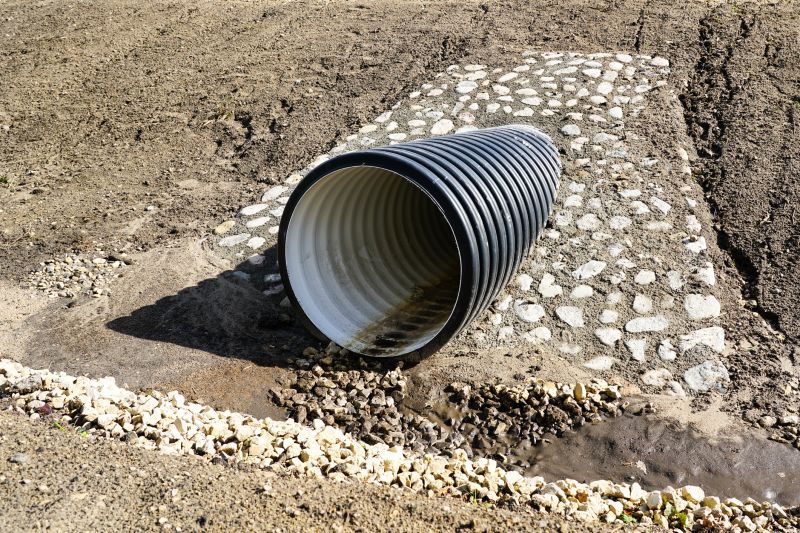
Little measurements that prevent headaches on Ditch Culvert Installations day.
| Season | Optimal Conditions |
|---|---|
| Spring | Moderate weather, rising water levels, manageable soil conditions |
| Summer | Longer daylight, dry conditions, potential heat stress |
| Fall | Cooler weather, less rainfall, before winter freeze |
| Winter | Frozen ground, snow, limited access, generally avoided |
Ditch culvert installations involve placing pipes or other structures within excavated trenches to facilitate water flow and drainage. Proper timing ensures that the installation aligns with weather patterns, soil conditions, and water levels, reducing project delays and enhancing durability.
Statistics indicate that scheduling installations during moderate weather seasons can reduce project duration by up to 20%. Additionally, avoiding winter work minimizes risks associated with frozen ground and equipment operation, leading to safer and more efficient projects.
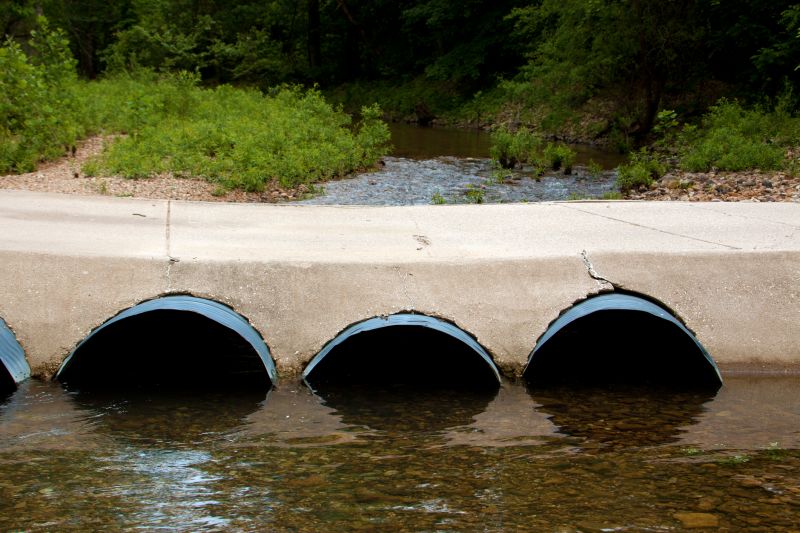
A 60-second routine that keeps Ditch Culvert Installations looking new.

A frequent mistake in Ditch Culvert Installations and how to dodge it.

Small tweaks to make Ditch Culvert Installations safer and easier to use.

Lower-waste or water-saving choices for Ditch Culvert Installations.
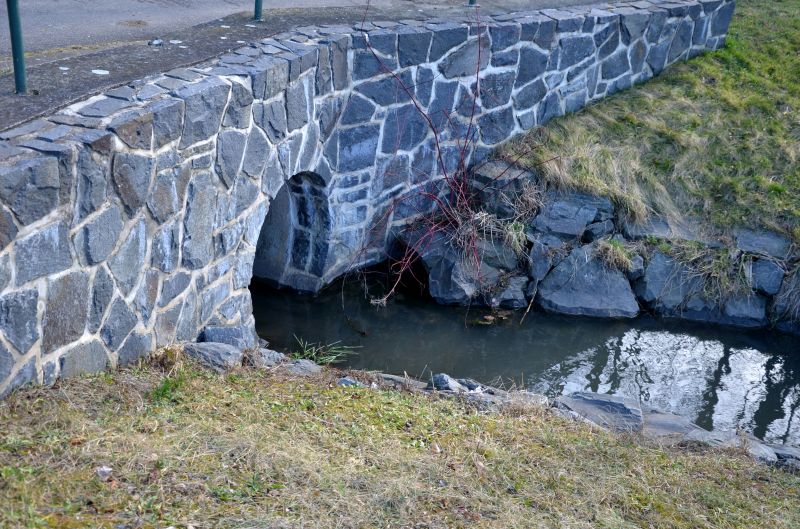
The short, realistic tool list for quality Ditch Culvert Installations.

Rough timing from prep to clean-up for Ditch Culvert Installations.
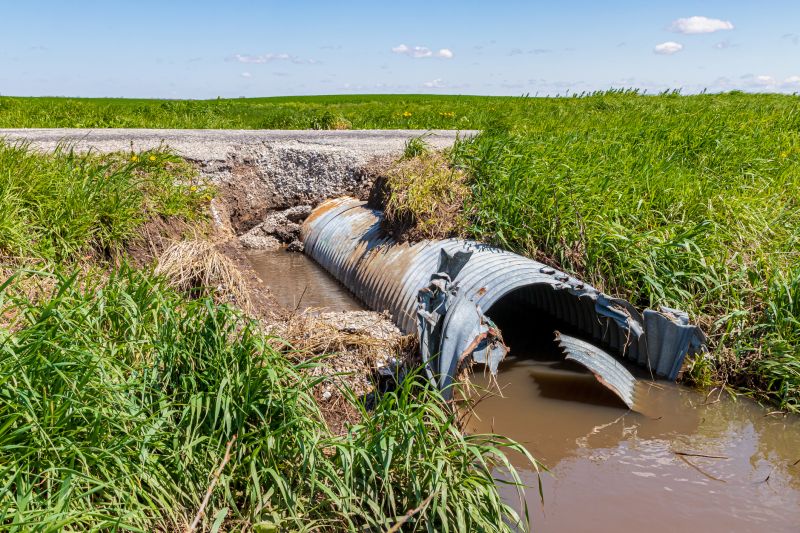
Quick checks and paperwork to keep after Ditch Culvert Installations.

Examples that show the impact a good Ditch Culvert Installations can make.
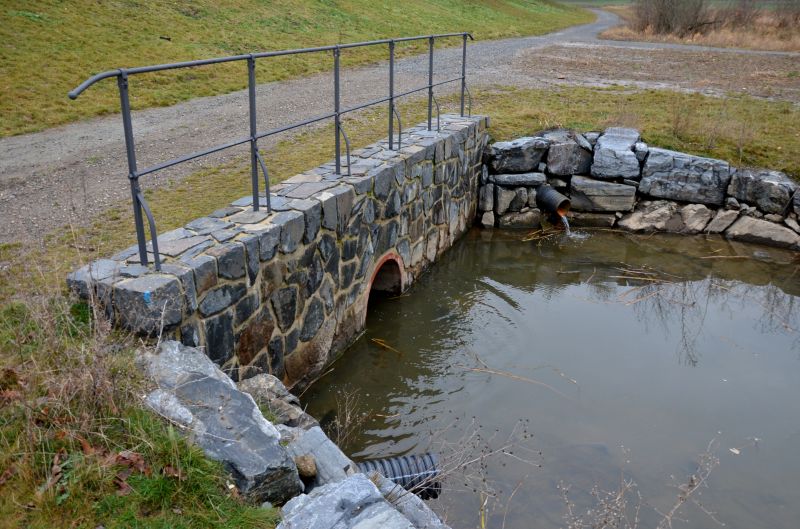
Ways to make Ditch Culvert Installations work in tight or awkward layouts.

Ways to make Ditch Culvert Installations work in tight or awkward layouts.

Ways to make Ditch Culvert Installations work in tight or awkward layouts.
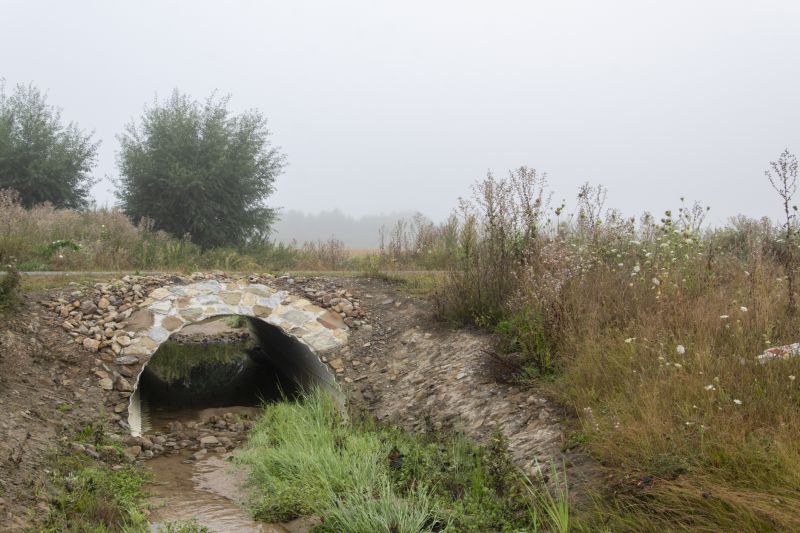
Ways to make Ditch Culvert Installations work in tight or awkward layouts.
Those interested in ditch culvert installations are encouraged to contact for further information or to discuss project timelines. Proper planning and timing are essential for successful execution and long-term performance of culvert systems.



